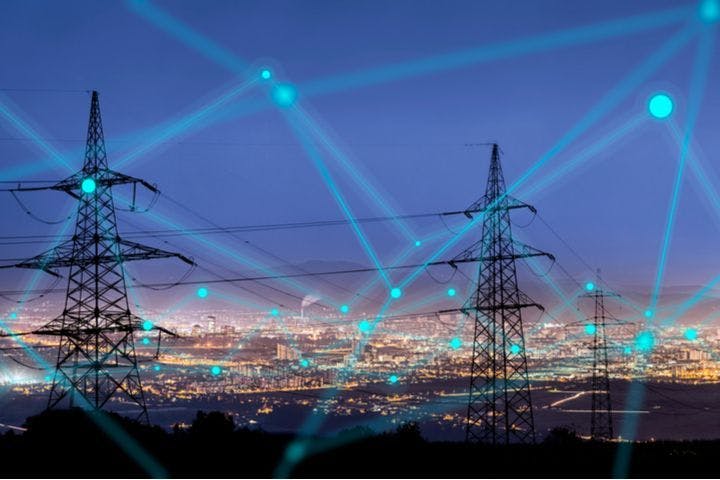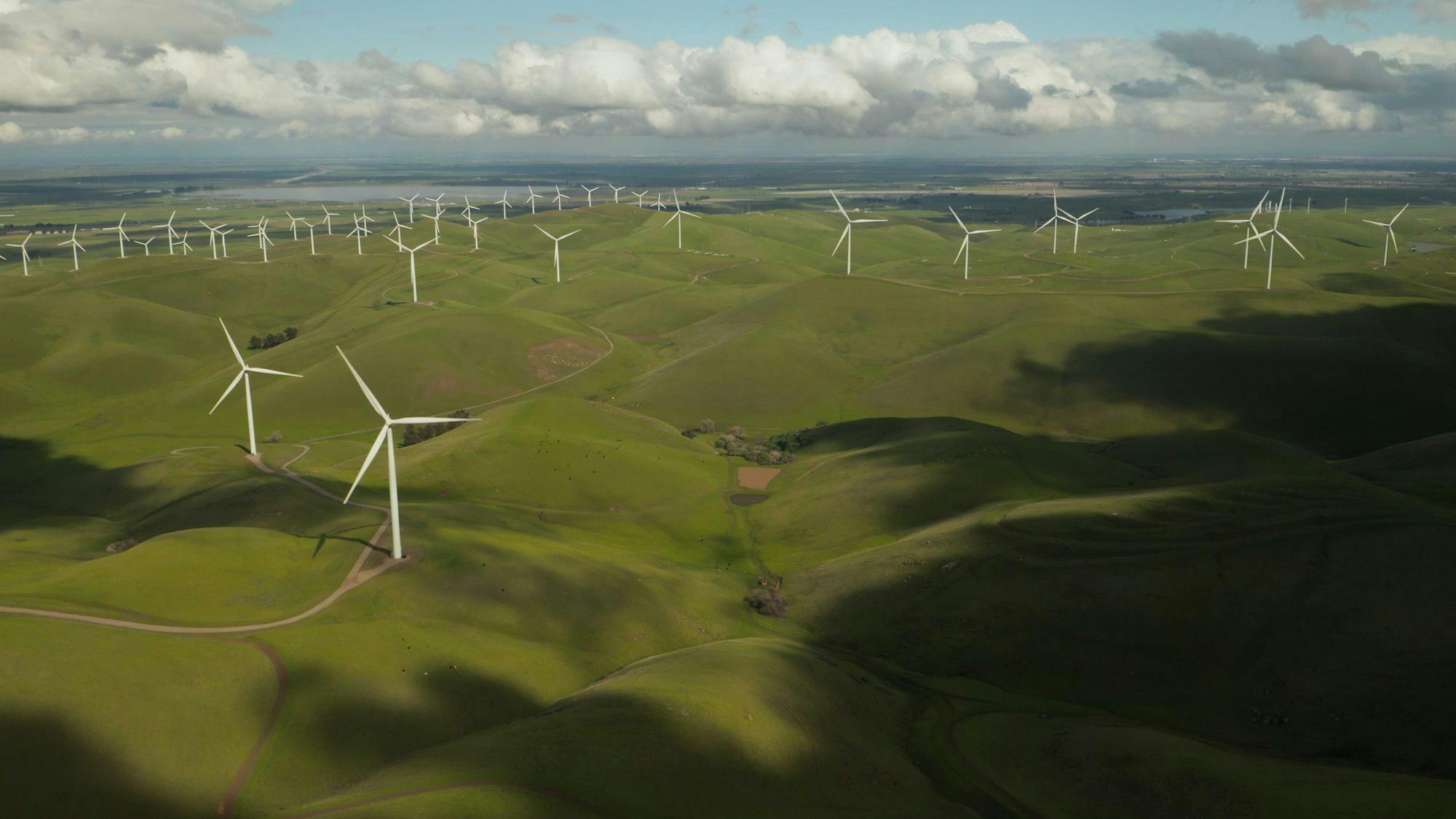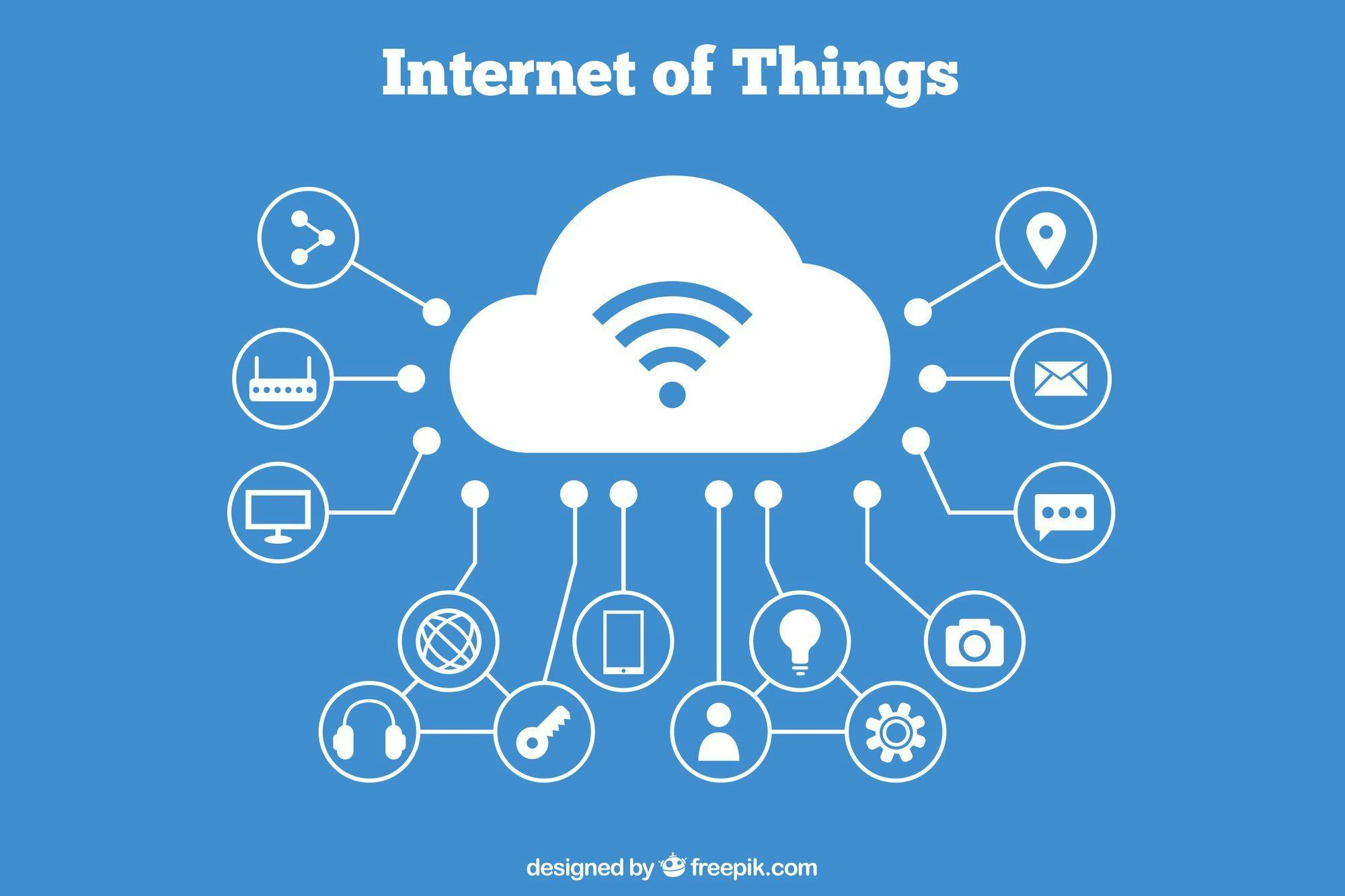What is a Smart Grid? And what does it do?

The smart grid is a new approach to electricity production and consumption. The Smart Grid introduces sensors, actuators, and analyzers into the electrical grid to optimize the production and consumption of electricity. This concept makes it possible, among other things, to integrate renewable energy into the existing system as a way to reduce the ecological impact of electrical energy.
1) The electrical grid and the smart grid

The electrical grid, or network, developed gradually at the end of the XIX century, and it's designed to work in one direction. Power plants fueled by coal, hydroelectric, gas, and later, nuclear energy produce electricity and sent it to consumers via a distribution network.
Centralized production and the inability to store electricity, in large quantities efficiently, make the system vulnerable. Generators must always be able to produce enough electricity to meet demand, and the distribution network must be able to deliver it.
It is no longer acceptable to launch the construction of new power plants or new electrical lines to respond to the peaks in consumption, encountered mainly in winter. All the players in the electrical system from producers to consumers have gained awareness about the environmental issues at stake.
Optimization, of production and consumption, is the only possible option for all stakeholders. That is why to solve this problem; the solution is the Smart Grid.
The Smart Grid revolution has imposed itself thanks to the recent improvement of electronic sensors, the computing, and storage capacity of computers, communication networks, and the development of connected objects.
The new approach to the production and consumption of electricity is fundamental because soon, power consumption could significantly increase with the replacement of motor fuel cars for electric cars.
2) Smart Grid and decentralized network (micro-producers of solar panels/wind turbines)

By making the electrical network smart, the Smart Grid allows decentralization of the system with the integration of new producers. Renewable energies, solar or wind, have intermittent production. The information collected via the sensors placed on its sources and, more generally, on the network mesh, allows better management of production and consumption. It is, therefore, possible to reduce the activity of non-renewable energy sources such as coal while wind turbines or photovoltaic panels are at work. These new facilities can be part of real estate portfolios or individual facilities, so everyone becomes a micro-producer and participates in the creation of a decentralized network.
3) Optimization of production, distribution, and consumption

The Smart Grid is the transformation from a traditional electrical network to an intelligent network. This new paradigm requires the establishment of electronic devices that can collect and send data but also that can play the role of regulators. These devices must exchange data in real time for computer analysis to be carried out.
The conclusions of these treatments lead to adjustments that are made by connected devices or actuators. These actuators can be integrated into the sensors but also added as an "overlay" to existing equipment. The actions taken have the following objectives:
- Optimize the performance of production units across the network and, thereby, smooth consumption peaks.
- Avoid the construction of new routing infrastructure or new "heavy" production units.
- Limit power outages
- Minimize electricity losses
- Encourage the addition of new electricity producers (wind farms and solar panels managed by industrial companies or managed by individuals)
Balancing production and consumption allows the smoothing of consumption peaks. The collection and processing of data transform the passive consumer into an active player taking part in the process. Digital interfaces warn consumers of network peaks and advise them to reduce energy consumption in specific equipment.
The reduction of consumption peaks can make it possible to fight against greenhouse gas emissions and, ultimately, global warming.
To face demand, the current response calls on the two most "polluting" operating functions: high-production equipment and the activation at full speed of previously turned-off devices.
The smart grid, due to its architecture, features, and intelligent approach, is one of the essential components of the smart city, allowing agglomerations to reduce their environmental impact.
4) Smart Grid sensors and actuators

The transformation of the traditional electrical network into a smart grid relies on the installation of connected objects. Whose role is to collect and analyze data and also to play the role of operators or actuators.
The most well-known sensor in France is undoubtedly the Linky meter, which has unwittingly updated the challenges linked to the collection of "electrical" data. In the smart grid system, smartphones also play an essential role. They can serve as interfaces to consumers or producers by informing them about the consumption and production of electricity in their installations. Smartphones also make it possible to regulate the network with the remote control of devices. Sensors have already been implemented on a large scale in the industrial world or by property managers.
Sensors are used to protect people, goods, and facilities. Monitor the state of networks, prevent breakdowns as well as reduce service interruption as much as possible to diminish electrical consumption and reduce the energy bill or equipment maintenance.
Electrical or internet communication networks - wired, wifi, 4G, 5G, Bluetooth - are also crucial in the smart grid since they allow monitoring with real-time information transmission and updates to actuators and network players for automated or "human" piloting
Improvements in computer performance and improved storage of computer data also enable the implementation of an intelligent electrical network. The ability to process, for example, data from nearly 40 million Linky meters would have been impossible a decade ago.
Conclusion
The smart grid is revolutionizing electricity consumption and production by making the entire network smart. This contribution is possible with the addition of new technologies - sensors, automatons, analyzers - in all the links of the network.
The smart grid is the perfect solution to cope with the increase in electricity demands from users but also the need to integrate renewable energies into the system to combat climate change. In addition, having complete control of electricity production/consumption could become a significant issue in the near future, with a large part of the world's population replacing motor cars with electric cars.
Want to learn more about the Wattsense connectivity solution?
Discover our solutionContinue reading



